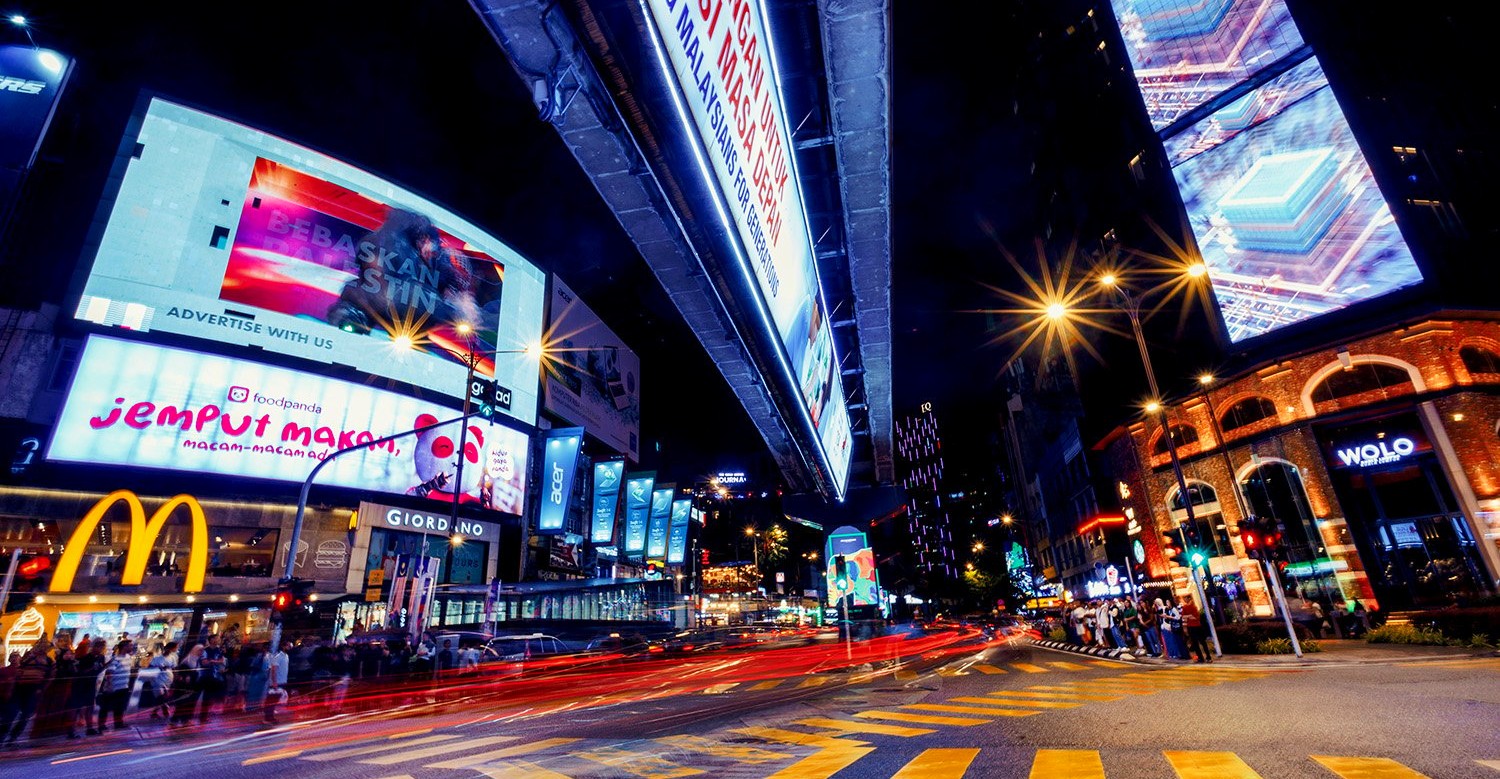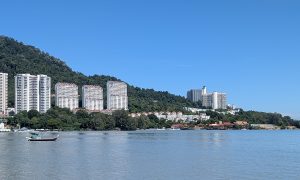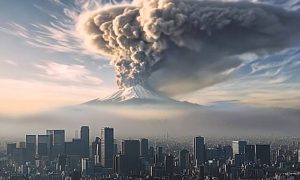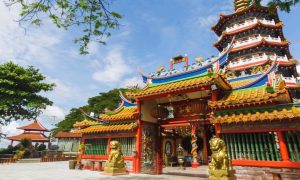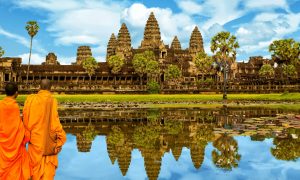A new RM4 million plan to beautify Kuala Lumpur’s famed shopping and entertainment district has stirred debate among Malaysians, many of whom say the city needs infrastructure fixes more than cosmetic upgrades.
The government’s announcement of a RM4 million makeover for Bukit Bintang has set social media alight — and not just because of the planned new lights. The “I Lite U” initiative, unveiled by Housing and Local Government Minister Nga Kor Ming, aims to transform Kuala Lumpur’s best-known commercial district into a glittering showcase of urban design ahead of Visit Malaysia Year 2026.
The project will include colourful LED installations, upgraded sidewalks, decorative landscaping, and a nightly “light parade” modelled after Tokyo’s Ginza or Singapore’s Orchard Road. The official launch is set for January 3, 2026, when the minister says the streets will be “as dazzling as Disneyland.”
Nga described the plan as a symbol of Kuala Lumpur’s readiness to reclaim its place among Asia’s most vibrant cities. “Bukit Bintang must shine again,” he said. “We want it to be an area where visitors can stroll safely, enjoy the ambiance, and take pride in our capital.”

PUBLIC PUSHBACK
But not everyone is impressed. Within hours of the announcement, Malaysian social media filled with scepticism and frustration. Critics questioned whether the project’s priorities reflect the realities facing the city — including frequent flash floods, deteriorating roads, and unreliable drainage systems.
“So busy focusing on fun only. Fix the flooding first,” wrote one commenter on the ministry’s Facebook page, echoing a sentiment shared by many.
Others pointed out that Kuala Lumpur already has a distinctive urban “vibe” and doesn’t need to mimic Singapore’s polished shopping boulevards. “Bukit Bintang has its own soul,” wrote another user on X (formerly Twitter). “You can’t ‘Orchard Road’ it into charm.”
The backlash reflects a broader weariness among city residents who have seen multiple beautification projects — from fountains to pedestrian upgrades — launched with fanfare but criticized for neglecting more pressing urban needs.
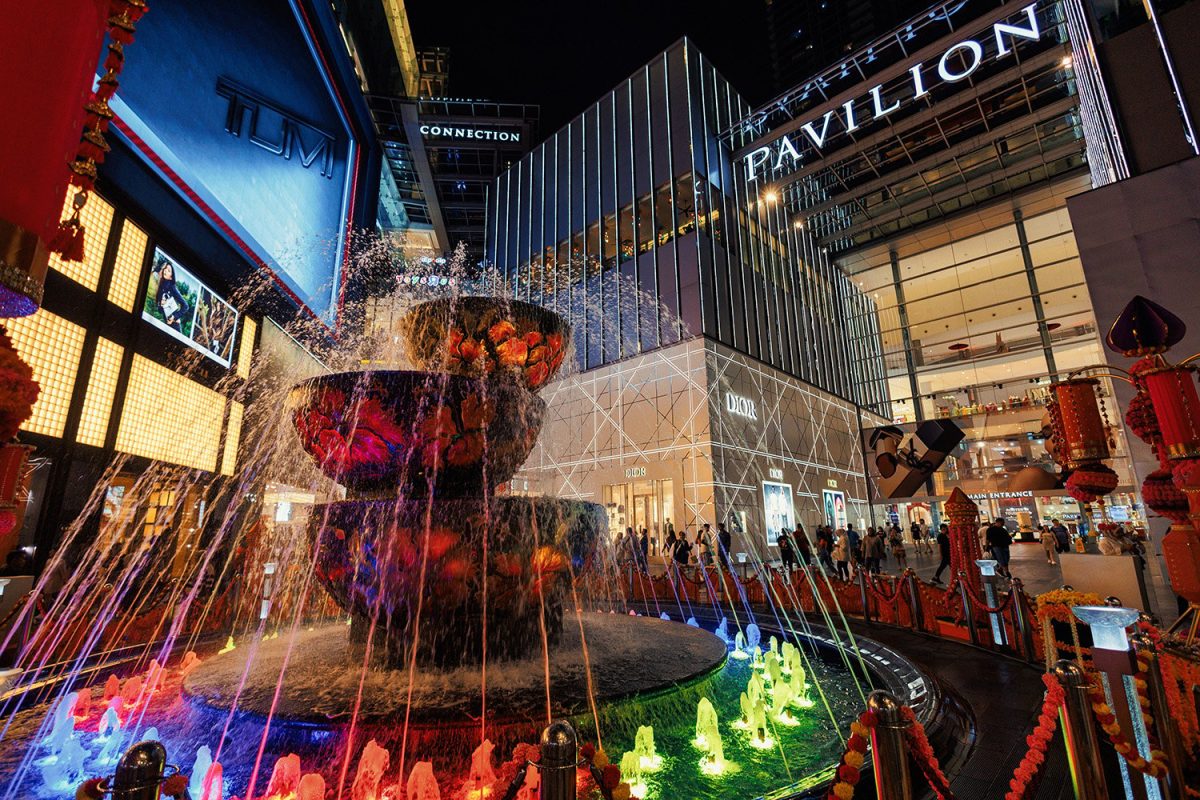
BALANCING IMAGE AND INFRASTRUCTURE
Defenders of the initiative argue that Malaysia’s tourism sector, a major pillar of the economy, urgently needs a visual refresh to attract new visitors. The government has set an ambitious target of 35.6 million tourist arrivals and RM147 billion in receipts for Visit Malaysia Year 2026.
Tourism Malaysia’s Deputy Director-General, Datuk Manoharan Periasamy, recently noted that Kuala Lumpur’s retail and entertainment hubs need revitalization to compete with destinations such as Bangkok and Seoul, where lighting, landscaping, and branding play an important role in visitor experience.
Urban planners, however, caution that aesthetic enhancements must go hand-in-hand with infrastructure resilience. Architect and city design expert Tan Sri Ahmad Zul cautioned that “beautification without maintenance only lasts as long as the paint does.” He noted that Kuala Lumpur’s drainage and tree management systems “remain under strain,” with several fatal accidents and major floods recorded in recent years.
A TALE OF TWO KUALA LUMPURS
Bukit Bintang has long served as both the heartbeat of the city’s nightlife and a symbol of its contrasts. Gleaming malls such as Pavilion Kuala Lumpur and Starhill stand within walking distance of decades-old shoplots, ageing flats, and flood-prone backstreets.
Local business owners, while welcoming the new lighting project, have mixed feelings. “We hope the upgrades include better pavements, proper drainage, and cleaner surroundings,” said Lim Wei Han, who manages a café off Jalan Alor. “The lights are great, but we need basics fixed first.”
A few hoteliers in the area have voiced support, saying the renewed vibrancy could help boost foot traffic. “Bukit Bintang has been through tough times since Covid,” said a representative of a major hotel chain. “If this draws more tourists back, we’ll benefit — but it must be sustainable.”
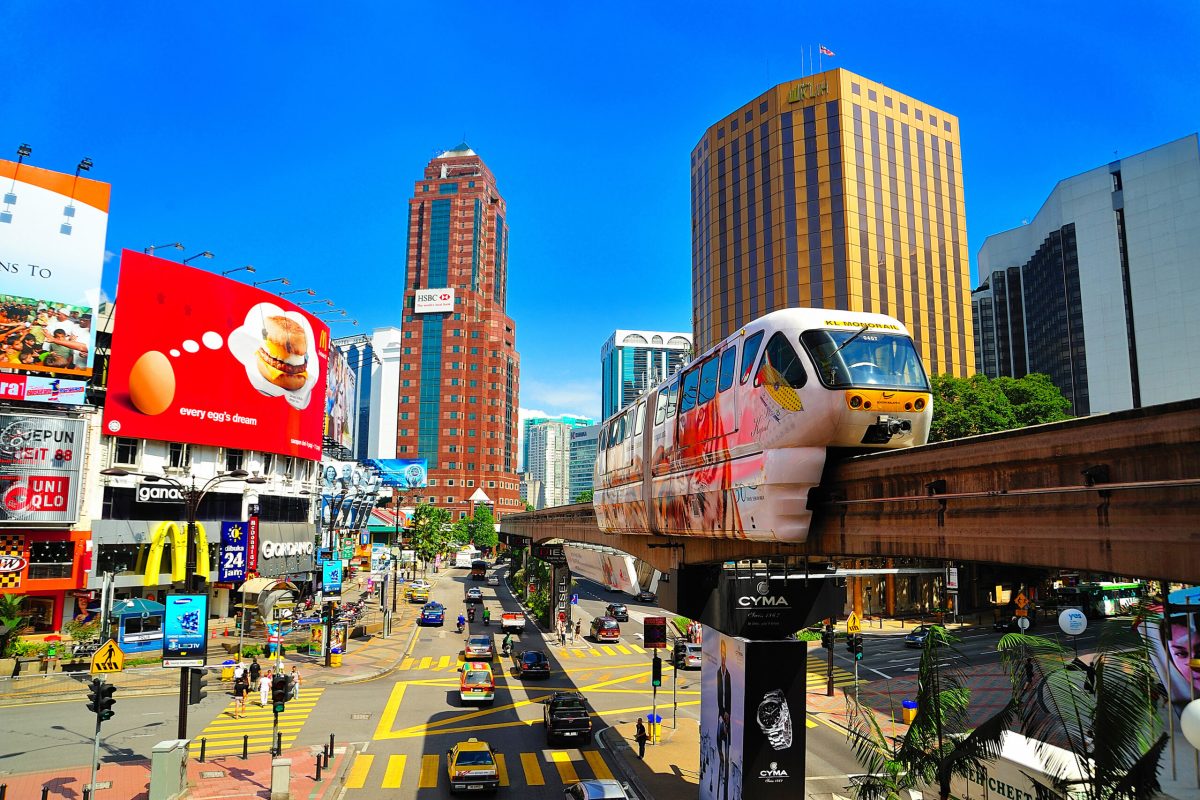
BEYOND THE LIGHTS
According to the ministry, the “I Lite U” initiative will eventually extend to other city zones, aligning with Kuala Lumpur’s Smart City Master Plan 2030. The plan includes smarter waste management, enhanced pedestrian connectivity, and the integration of green spaces.
Yet, residents remain sceptical of execution and follow-through. Several previous “revitalization” efforts — including the River of Life project and multiple decorative lighting upgrades — began with enthusiasm but faced criticism for inconsistent maintenance and unclear outcomes.
Still, supporters say Bukit Bintang’s upgrade represents a broader shift towards reimagining public spaces. “Cities are living organisms,” said Kuala Lumpur City Hall (DBKL) urban planner Noraini Ahmad. “We can’t pause beautification until every problem is solved. Revitalization and repair can move together — that’s how modern cities evolve.”
As Kuala Lumpur positions itself for a tourism resurgence, the debate over Bukit Bintang’s glow-up captures a deeper national tension: how to balance image with substance, ambition with accountability.
Bukit Bintang has always been more than just bright lights and luxury brands — it’s a crossroads where locals, travellers, and cultures converge. Whether “I Lite U” becomes a model for smart revitalization or another symbol of misplaced priorities will depend on whether those lights shine equally on progress below the surface.
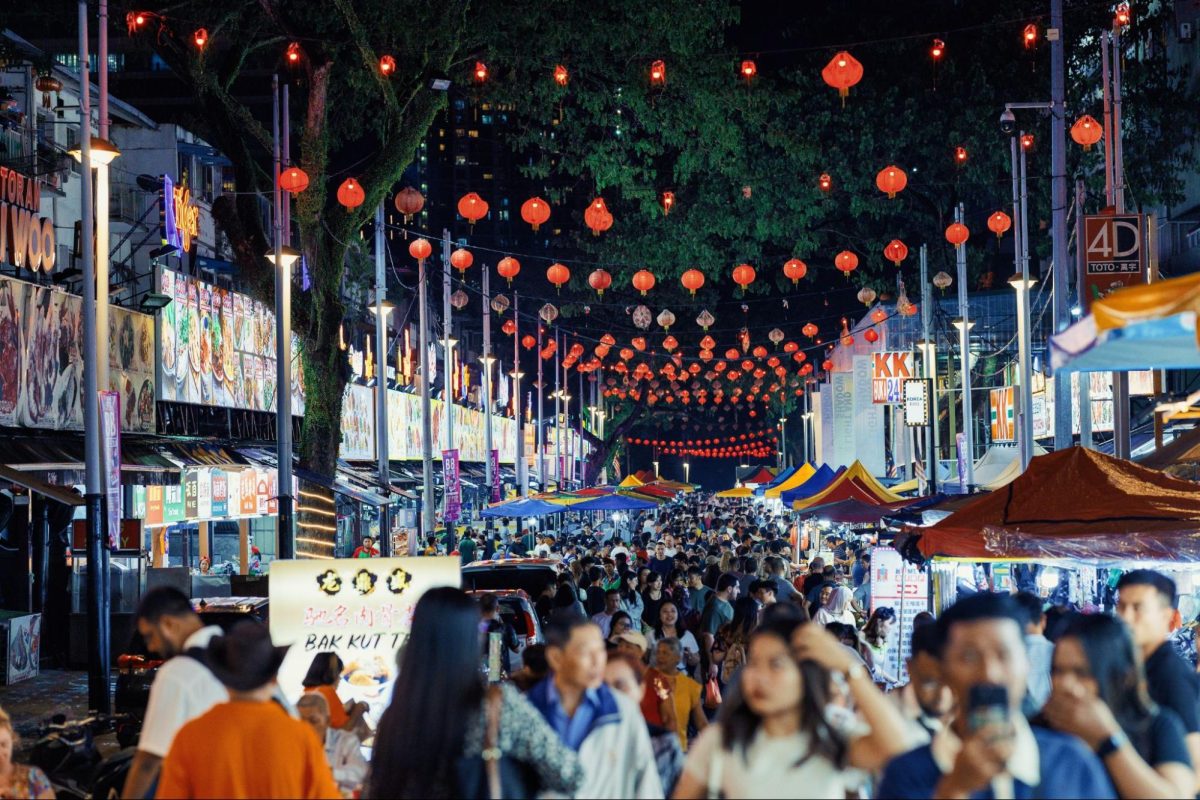
Sources: South China Morning Post, The Star, New Straits Times, Ministry of Housing and Local Government Malaysia, Tourism Malaysia.
To learn more about Bukit Bintang and all that it offers, check out Malaysia Travel’s comprehensive page on the district.


